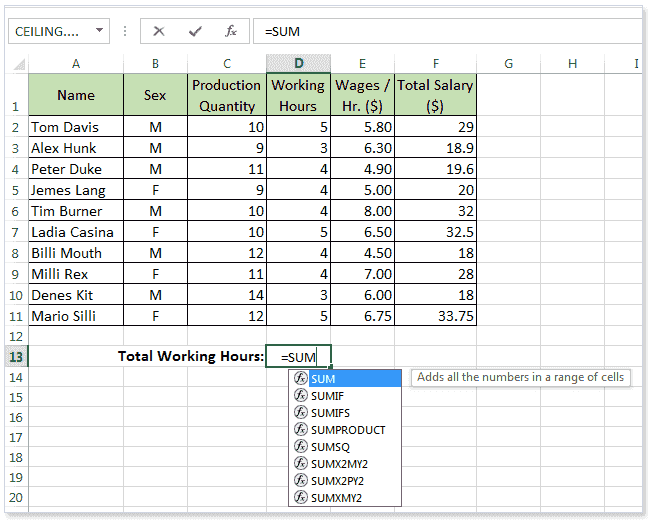

Using manipulatives helps students to visualize concepts: making the abstract concrete and helping students to transition from the concrete to the abstract.Students have a variety of math tools at their disposal at any time.Manipulatives are readily available any time, any place.What are some big ideas in students' use of portable handmade math manipulatives? Write numbers or draw pictures on them, or trim their edges to make people, animals, or objects. Make fun stand-up manipulatives from cardboard cut-outs.


3D cubes or Algeblocks (from stiff paper).paper clock (use bobby pins for hands!).number line, tape measure, ruler, yardstick and/or meter stick.number tiles (for + or x, using a hundred square or multiplication grid).You can write numbers on the pasta, too.) (Try tossing the pasta in a plastic bag with vinegar and food coloring to make manipulatives small food items: dried beans (to be marked), cereal, marshmallows, uncooked pasta.paper (regular or cardstock or posterboard).nature's manipulatives - including twigs, leaves, nuts, berries.A loop of thread stretched over two pencils (or a pencil and a toothpick) becomes a compass.AAA has free maps available at the end of the year.refrigerator magnets from businesses (Cut them up and glue them to manipulatives.).styrofoam food trays from the grocery store.Students of any age can make manipulatives, starting with cutting or decorating simple objects for counting and gradually moving up to complex measurement activities.įree and inexpensive materials for making manipulatives:.Students often engage in cooperative learning and sharing.(For instance, a dime doesn't look like it is worth 10 pennies.) Manipulatives can resemble a specific type of item or a specific value they can also be an abstract representation.Objects can represent one unit or a group of units (such as 10 or 100).Units of measurement are a convention, but students can measure creatively for their own purposes, creating their own units of measurement.The process can build real world connections, with a sense that math is everywhere and that everyday items have hidden potential as math tools.The more they practice measuring precisely for meaningful purposes, the better they get at it. Students apply math skills when planning, measuring, and making efficient use of resources.Creating manipulatives is empowering: It gives a feeling of ownership, independence, and resourcefulness.

What are some big ideas in the creation of math manipulatives by students? * benefits of students using manipulatives * benefits of students making manipulatives Math Toolbox: make and use a math toolbox at home


 0 kommentar(er)
0 kommentar(er)
